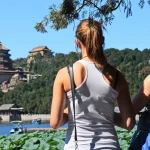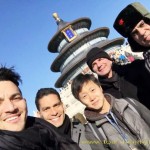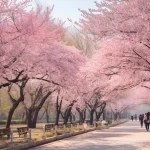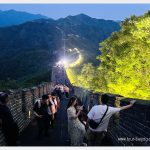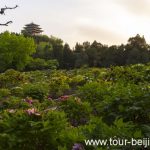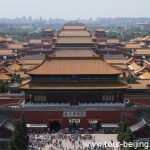Drive from Xinduqiao to Yajiang (Tips, Photos & Map)
Around 3:40 pm, 09 October, we start leaving Xinduqiao Town (新都桥镇). Mr.Chen fires up his engine and rolls his white beast and again picks up the National Highway G318 and drives west for our tonight’s destination – Yajiang County (雅江县). Xinduqiao to Yajiang Road Trip We choose to continue driving for extra 72km from Xinduqiao Town (Xinduqiaozhen…
